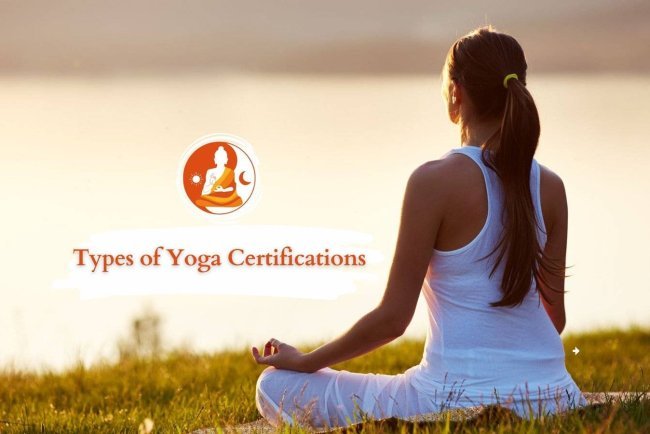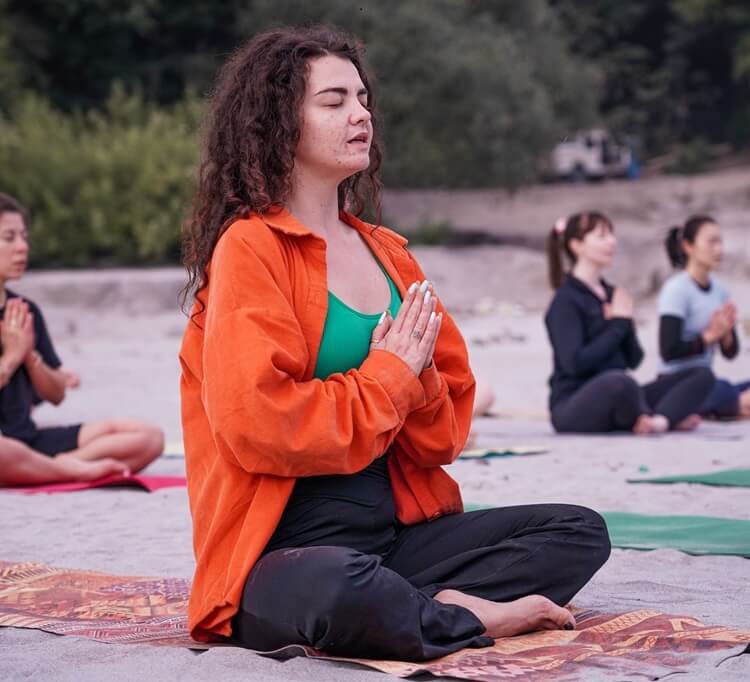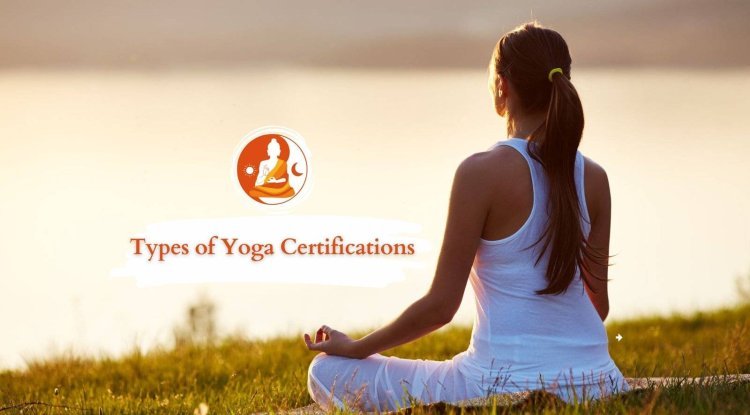Kapalbhati Pranayama: Step-by-Step Guide and Health Benefits

Yoga originated in ancient India and has been an integral part of our culture for thousands of years. It is a holistic system combining physical, mental, and spiritual practices aimed at enhancing overall well-being. Today, yoga is embraced worldwide—not only for its spiritual depth but also for its physical and mental health benefits.
One such powerful technique in yoga is Kapalbhati Pranayama, known for its energizing and cleansing effects.
What is Kapalbhati Pranayama?
Kapalbhati comes from two Sanskrit words:
-
‘Kapal’ meaning forehead
-
‘Bhati’ meaning shining or illuminating
Together, Kapalbhati translates to "Shining Forehead," suggesting clarity of mind and improved intellectual function. Pranayama refers to conscious breathing techniques.
Kapalbhati is a breathing practice that involves forceful exhalation and passive inhalation. It is believed to detoxify the system, enhance mental clarity, and invigorate the body.
Benefits of Kapalbhati Pranayama
-
Reduces stress and anxiety
-
Enhances concentration and memory
-
Improves digestion and metabolism
-
Boosts respiratory and cardiovascular health
-
Cleanses the lungs and nasal passages
-
Promotes glowing skin and revitalized energy
Types of Kapalbhati Pranayama
There are three main types of Kapalbhati techniques, each with unique cleansing and balancing effects:
1. Vatakrama Kapalbhati
-
Most commonly practiced form
-
Technique: Sit cross-legged with a straight spine. Perform forceful exhalation through the nose and allow the inhalation to happen naturally.
-
Focus: Detoxification of lungs and improvement in oxygen supply
2. Vyutkrama Kapalbhati
-
A form of yogic cleansing (similar to Jala Neti)
-
Technique: Sniff water through the nostrils, allow it to reach the mouth, then spit it out.
-
Focus: Nasal and sinus cleansing, improves breathing and reduces allergies
3. Sheetkrama Kapalbhati
-
Reverse of Vyutkrama
-
Technique: Take water in through the mouth and expel it through the nose.
-
Focus: Nasal cleansing and strengthening of nasal passages
How to Practice Kapalbhati Pranayama
Kapalbhati is a simple yet powerful breathing technique that anyone can learn under the guidance of a certified yoga instructor. With regular practice, it can bring clarity, energy, and balance to your mind and body.
Follow these step-by-step instructions to get started:
Step-by-Step Guide to Kapalbhati
1. Find a Comfortable Posture
-
Sit in a cross-legged position on the floor—Padmasana (Lotus Pose), Sukhasana (Easy Pose), or Vajrasana (Thunderbolt Pose) are all suitable.
-
Keep your spine straight and shoulders relaxed.
-
Rest your hands on your knees in Gyan Mudra (index fingers touching the thumbs, palms facing upward).
2. Inhale Gently
-
Take a slow, deep breath in through both nostrils.
-
Focus on your abdomen expanding as you inhale.
-
Fill your lungs completely, but do not strain.
3. Forceful Exhalation
-
Exhale forcefully and sharply through the nose, drawing your navel inward toward your spine.
-
Use your abdominal muscles to push the breath out in short bursts.
-
After each exhalation, allow the inhalation to happen naturally and effortlessly.
Tip: Place your hand on your belly to feel the abdominal movement and build awareness.
4. Repeat the Cycle
-
Perform 20 rounds of forceful exhalation followed by passive inhalation. This counts as one set.
-
Rest for one to two minutes, sitting in silence and observing your breath.
-
You can do 2 to 3 sets depending on your comfort and experience level.
Finish with Stillness
After completing your practice, sit quietly with eyes closed for a few minutes. Allow the breath to return to normal and notice any shifts in your energy, clarity, or mood.
Precautions for Practicing Kapalbhati Pranayama
Kapalbhati Pranayama is a powerful breathing technique known to rejuvenate both body and mind. While it offers numerous health benefits, it must be practiced with care—especially if you have underlying health conditions or are a beginner.
Here are some important guidelines and precautions to follow:
1. Start Slow—Especially if You’re Over 40
-
Beginners over 40: Practice at a gentle pace—1 exhalation per second.
-
Younger practitioners: You may practice at a pace of 2 strokes per second.
-
Experienced yogis (under 40): If you’ve been practicing for a year or more, you may gradually increase the pace beyond 2 strokes per second—but only with proper guidance.
2. Practice on an Empty Stomach
-
Always do Kapalbhati in the morning or at least 3 hours after a meal.
-
Practicing on an empty stomach enhances effectiveness and avoids digestive discomfort.
3. Get Medical Clearance First
-
Before starting Kapalbhati, especially if you have health concerns, it’s important to:
-
Get a health check-up
-
Consult a certified yoga teacher
-
Learn the correct technique under expert supervision to avoid strain or injury.
4. Avoid During Pregnancy or Menstruation
-
Pregnant women must not practice Kapalbhati—it involves forceful abdominal contractions that can be harmful.
-
Menstruating individuals should also avoid this practice during their cycle.
5. Be Cautious with Heart Conditions
-
If you have heart disease, exhale very slowly and gently.
-
Do not increase the speed or intensity of the practice.
6. High Blood Pressure
-
Keep the pace slow—no more than one stroke per second.
-
Sudden or rapid exhalation may raise blood pressure further.
7. If You Have Ulcers or a Slipped Disc
-
Kapalbhati may aggravate ulcers. Consult both your doctor and yoga instructor before attempting.
-
Slipped disc or spinal injuries are contraindications—avoid Kapalbhati altogether.
8. Respiratory Conditions
-
If you suffer from asthma, bronchitis, or wheezing, consult your healthcare provider.
-
Begin with very slow and gentle practice—under guidance only.
Conclusion
It is advisable that prior to practicing Kapalbhati, you should understand and practice simple pranayama techniques and master them. This is because Kapalbhati is an advanced pranayama technique and attempting this with no knowledge can lead to more harm than benefit.
What's Your Reaction?
























